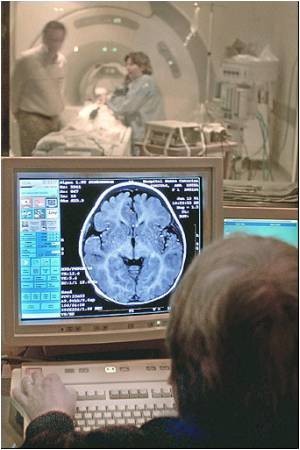Proteins have been the focus of intense research, particularly the manner in which they are produced from genetically coded templates.

The new study outlines a technique for mining whole genomes for sequences that initiate cap-independent translation within the vastness of the genome.
The research has important implications for the fundamental understanding of translation in living systems, as well as intriguing potential in the biomedical arena. (Many viral pathogens are known to use cap-independent translation to hijack and redirect cellular mechanisms to translate viral proteins.)
The lead author of the study is Brian P. Wellensiek, a senior scientist in Biodesign's Center for Evolutionary Medicine and Informatics. The group's results appear in the current issue of the journal Nature Methods.
During most protein synthesis in eukaryotic cells, cap-dependent translation dominates. The process begins after DNA is first transcribed into mRNA, with the aid of an enzyme polymerase. mRNA now forms the coded template from which the translated proteins will be generated. The mRNA code consists of sequences made from 4 nucleic acids, A, C, G & U, with each 3-letter grouping (known as a codon), corresponding to one amino acid in the protein being synthesized.
A key component in the translation process is the ribosome, which migrates along the single stranded mRNA, reading the codons as it goes. Before it can do this however, it must locate a special structure at the 5' end of the mRNA strand known as the cap. In normal cap-dependent translation, the ribosome is recruited to the 5' end of mRNA via a specialized cap-binding complex.
Advertisement
In the current study, Chaput designed an in vitro selection strategy to identify human genome sequences that initiate cap-independent translation. The technique is able to select candidates from a pool of trillions of genomic fragments. Once a set of sequences was identified as translation enhancing elements, they were shown to function effectively in both cell-free and cellular translation systems.
Advertisement
Chaput's method of studying such sequences on a genome-wide scale involves first generating a DNA library of the entire human genome. Using enzymes, the genome is cut into random fragments of around 200 base pairs each. These sequences are then transcribed into mRNA.
Source-Eurekalert









